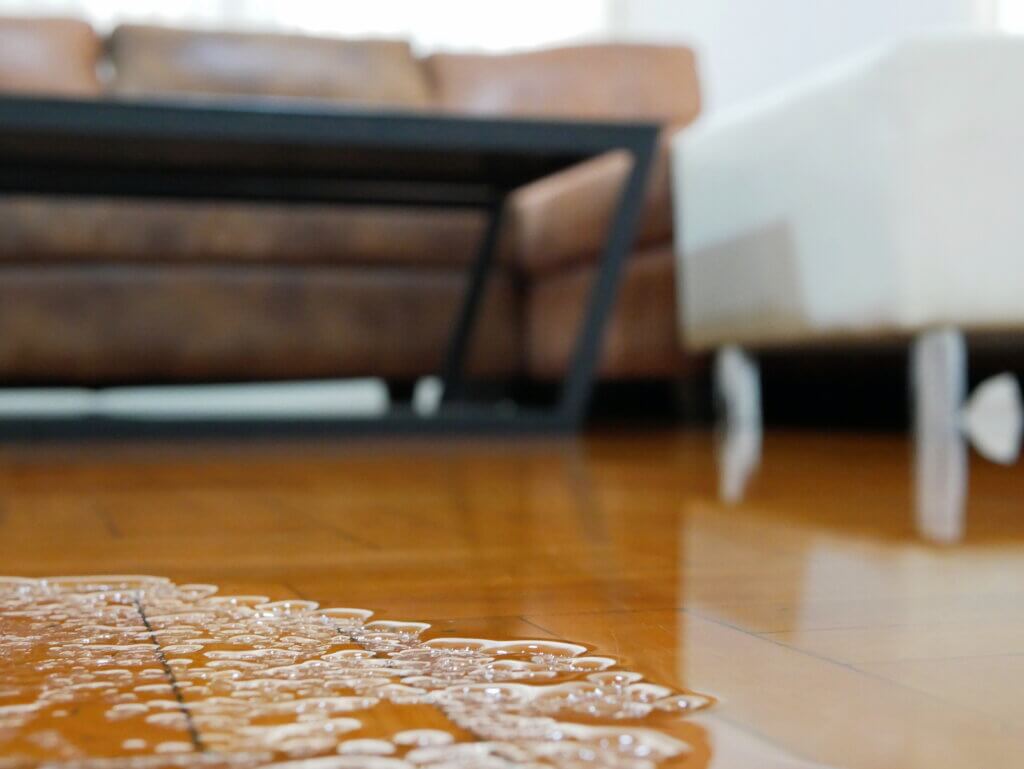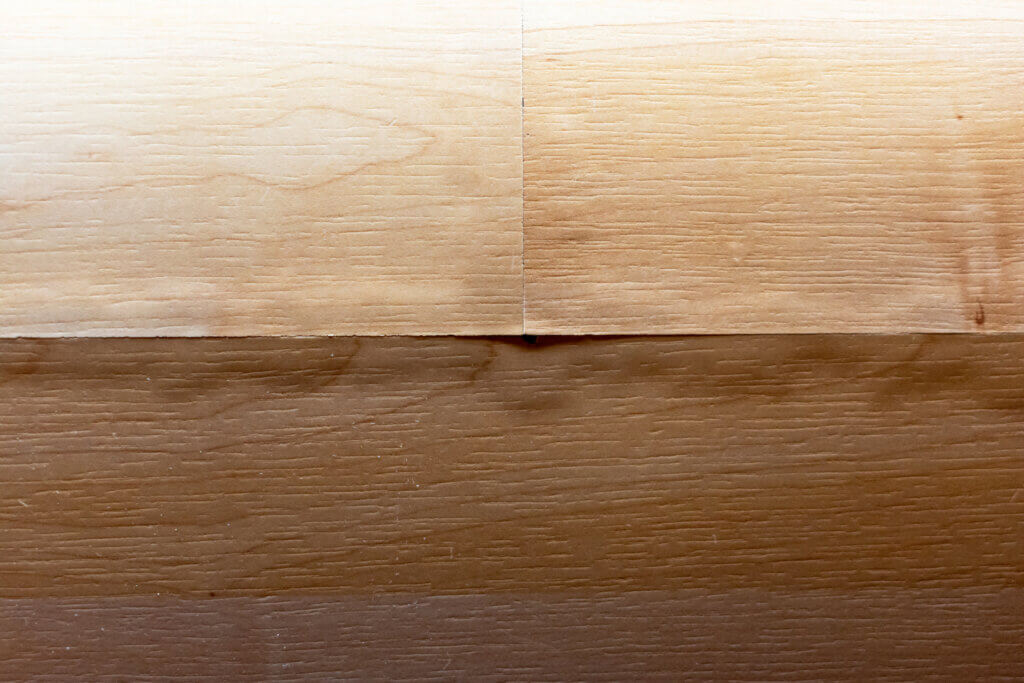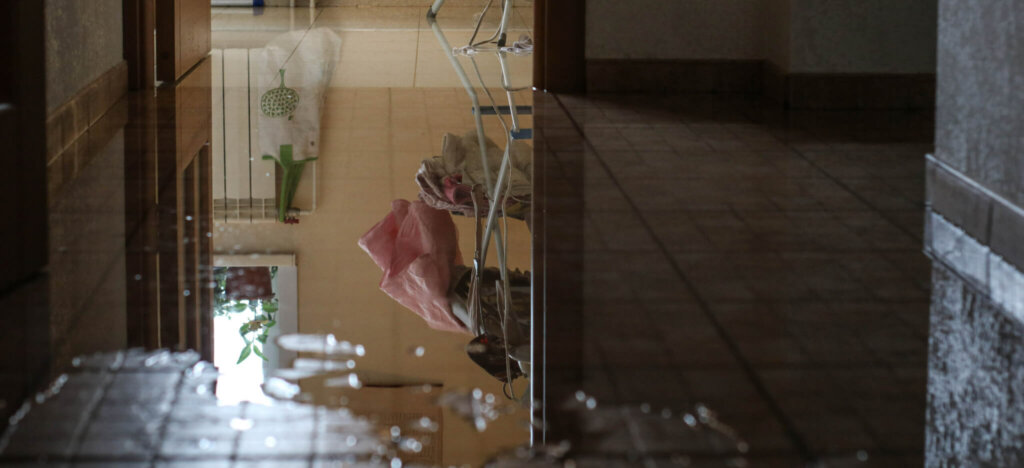Flooding can cause significant damage and destruction to a home. One of the most vulnerable areas of a property during a flood is the flooring. If your flooring has been affected by floodwater, you may be wondering if it’s salvageable. The answer to this question depends on a few factors.
What type of flooring was flooded?
The first thing you need to consider is the type of flooring you have. Different flooring types will have different responses to floodwater. For instance, hardwood flooring may warp and buckle in response to prolonged exposure to water, while tile flooring may be able to withstand the impact. The good news is that most types of flooring can be saved if the damage is not too severe, and if the appropriate measures are taken in a timely manner.
What do with your flooring after a flood

Remove floodwater from your floor
If your flooring has been affected by flooding, the first step is to remove any standing water and dry the area as much as possible. Depending on the extent of the damage, you may need to call in professional help to remove water and dry the area thoroughly.
Check your floor for flood damage
Next, you should check your flooring for signs of warping, buckling, or mold growth. If you see any of these signs, it may be necessary to remove and replace the affected areas. However, if only a small section of the flooring is affected, it may be possible to replace just that section and salvage the rest of the flooring.

If the flooring has been severely damaged and cannot be saved, you will need to remove it completely and replace it. This is particularly true if the floodwater was contaminated with chemicals, sewage, or other hazardous materials, as these can pose a health risk to anyone exposed to them.
In conclusion, whether or not you can save your flooring after a flood depends on several factors, such as the type of flooring, the extent of the damage, and how quickly you take action. If you act quickly and take the appropriate measures to dry and inspect your flooring, you may be able to save it, and avoid costly replacement. However, if the damage is severe or the floodwater has been contaminated, it’s best to err on the side of caution and replace the flooring entirely.

Not sure if your flooring can be saved after a flood?
If you have experienced flooding in your home and are unsure if your flooring can be saved, it’s important to act quickly and consult with a flooring expert. Our team of professionals has the knowledge and expertise to evaluate the extent of the damage and recommend the best course of action to restore your flooring.
It’s important to keep in mind that flood damage can be more than just visible signs of warping or mold growth. Hidden damage such as compromised subfloors, padding or structural damage can also occur, making it essential to have a thorough evaluation of the area by an experienced professional.
Ignoring the damage to your flooring can lead to further complications such as water damage spreading to other areas of your home and mold growth, which can cause health issues for you and your family.
Our flooring experts can also provide guidance on preventative measures to take in the future to minimize flood damage, such as investing in water-resistant flooring or waterproofing your home.
Don’t let flood damage to your flooring go unnoticed or untreated. Contact one of our flooring experts for assistance today. We’re here to help you restore your home and provide peace of mind for you and your family.



